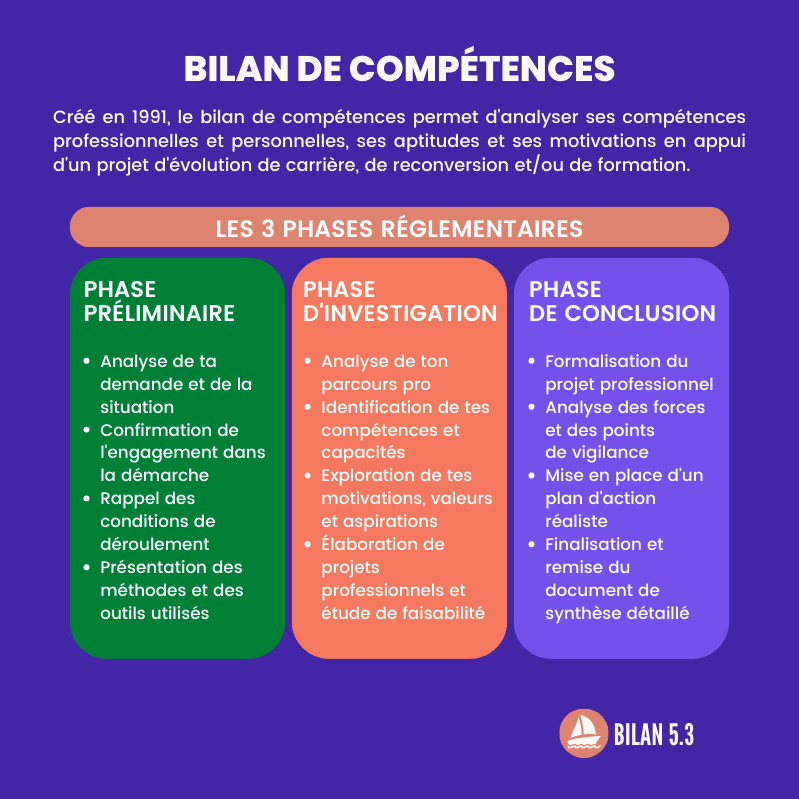High frequency or persistence of hot flashes and night sweats during the menopause transition are linked to an increased risk of type 2 diabetes.

- In one study, 12.2% of premenopausal or early perimenopausal women developed diabetes.
- Frequent or persistent vasomotor symptoms, namely hot flashes and night sweats, are associated with a high risk of diabetes of 50%.
- Thus, these patients “may represent a high-risk group to target for diabetes prevention.”
Vulvovaginal dryness, fatigue, urinary infections, joint pain, insomnia… These signs can indicate menopause, namely the cessation of ovulation and the disappearance of periods. Increasing evidence suggests an association between vasomotor symptoms, i.e., hot flashes and night sweats, and increased cardiometabolic risk in women during and after the menopausal transition. However, “we still do not know whether the trajectories of these symptoms throughout the transition to this natural phase of a woman’s life are linked to the risk of type 2 diabetes”, according to researchers at Kaiser Permanente Northern California (United States). This is why they decided to carry out a study published in the journal JAMA Network Open.
338 premenopausal women developed diabetes
To carry out their work, the team recruited 2,761 premenopausal or early perimenopausal women, who were assessed during 13 annual follow-up visits in seven clinics. At each appointment, participants reported how often they had had hot flashes and/or night sweats over the past two weeks. Volunteers were defined as diabetic at each visit if they reported using antidiabetic medications, had two consecutive appointments with a fasting blood sugar of 126 mg/dL or greater without receiving steroids, or had had two visits with self-reported diabetes and one visit with a fasting blood glucose of 126 mg/dL or greater. The scientists also took into account baseline age, education level, smoking status, alcohol consumption and stage of menopausal transition.
At baseline, 764 (28%) people reported having hot flashes and night sweats one to five days per 2-week period, 280 (10%) reported experiencing them six or more days per week, and 1,716 (62% ) reported no vasomotor symptoms. Overall, 338 women (12.2%) developed diabetes during follow-up.

Diabetes: a 50% risk in the event of persistence or high frequency of vasomotor symptoms
The authors observed a link between more frequent time-varying vasomotor symptoms and a 50% increased risk of diabetes. “Four trajectories were identified: persistently low likelihood of vasomotor symptoms (26%), persistently high likelihood of vasomotor symptoms (31%), early onset – high initial likelihood that decreases over time (25%), and late onset – likelihood initial low which increases over time (19%), 0.2% of patients presented an unknown trajectory”, can we read in the results. Compared to women whose hot flashes and night sweats were consistently low, those whose symptoms were consistently high had an increased risk of diabetes.
So, “women with frequent and/or persistent vasomotor symptoms during the menopausal transition may represent a high-risk group to target for diabetes prevention”the researchers concluded.
















